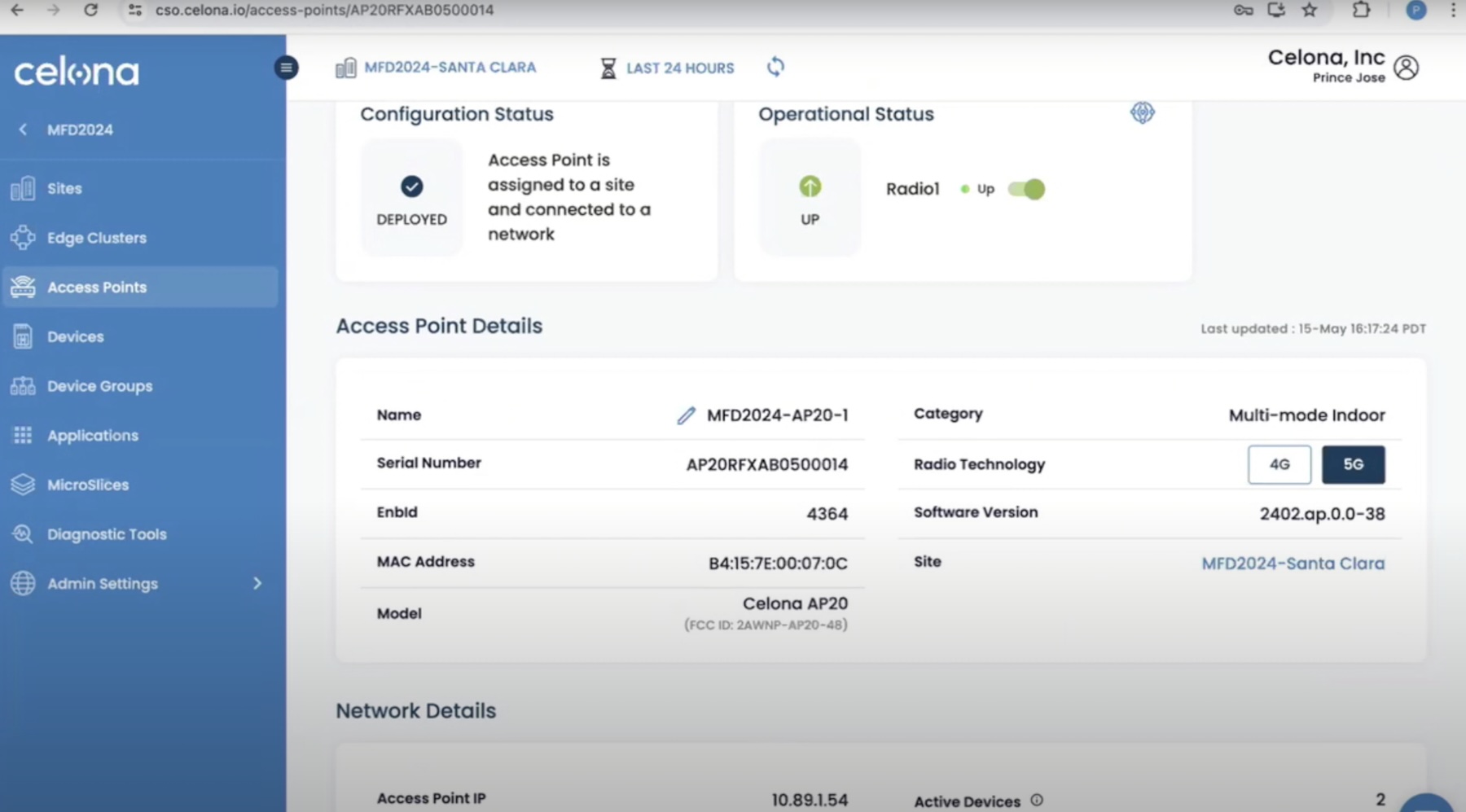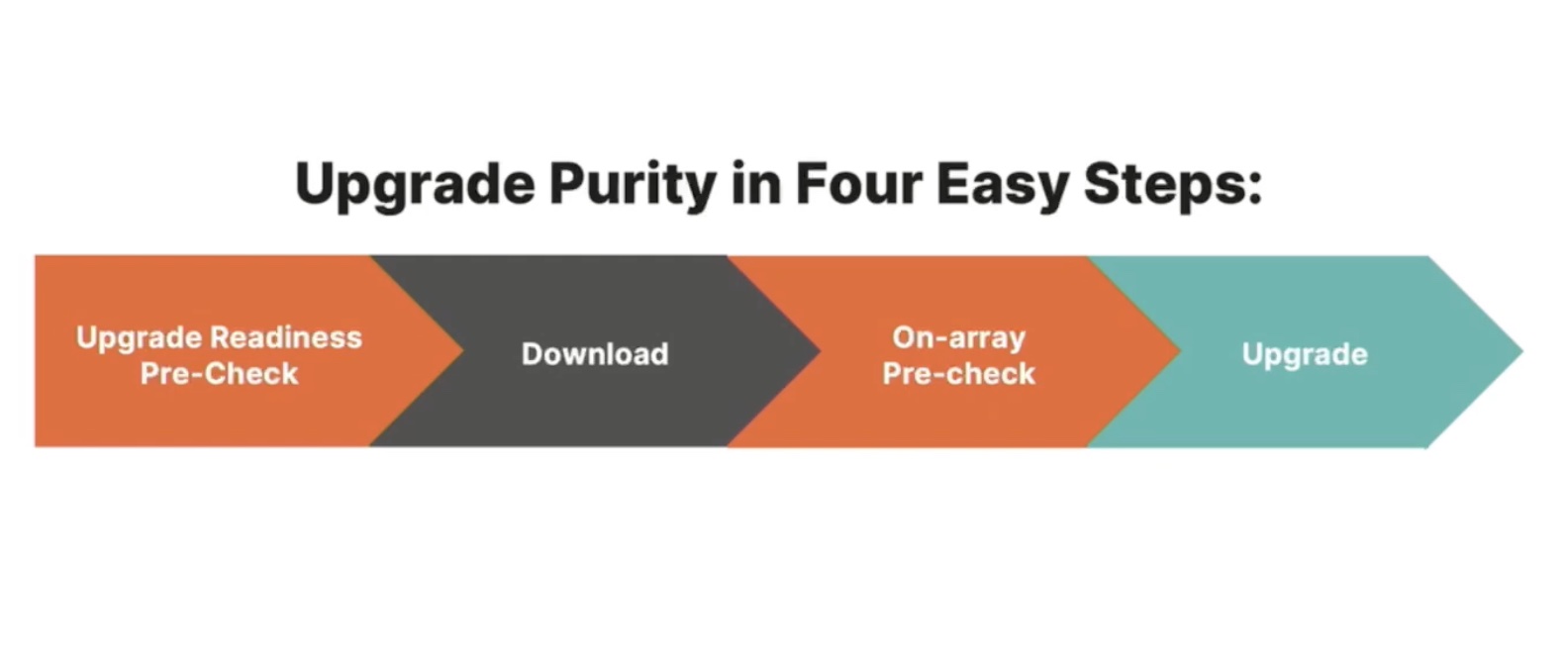From AI to robotics to smartphones, the success of any technology hinges on the speed and stability of the connectivity. As the Internet economy shaped out before our eyes, applications have become critical to businesses. Overnight, their latency tolerance fell, and a new crop of apps is born. For this breed, high frequencies and fast speeds are non-negotiable.
The 5th generation of cellular network rose to the occasion giving users up to 10 Gbps faster Internet speeds. Faster connections equal faster downloads, but 5G also supports more simultaneous devices than LTE does.
“The key advantage that we are seeing is uplink-heavy traffic,” says Prince Jose, Director of Product Management at Celona, during their presentation at the recent Mobility Field Day event in Silicon Valley. “A lot of deployments with cameras, and some of the robotic applications are very very latency sensitive, and need more uplink. The 5G gives you almost 20 to 25 milliseconds of latency. The LTE is more in the 30s level.”
That milliseconds’ difference is critical for use cases where the slightest lag in signal transmission can lead to life-or-death situations. Think telesurgery or autonomous driving.
But it’ll be years before private 4G LTE is completely taken over by private 5G wireless service. Infrastructures of mobile carriers need to be expanded and upgraded, and the ecosystem has to reach maturity before 5G’s wider pipelines and super-fast lanes start to accelerate innovation. And although it is indubitably the standard that will power the technologies of the future, like delivery drones and self-driving vehicles, 4G LTE is here to stay a little longer.
Some companies still find 4G connections sufficient for moderate latency use cases. In fact, at the low end, 5G is not much different from 4G. When it operates on low-band, 5G offers relatively low speeds, compensating for it with long coverage.
Shifting to 5G
With the release of each new generation of cellular network, businesses have a new challenge on their hands – doing a hard switchover from the previous standard to the new standard. With the debut of 5G, the same problem persists. Cellular infrastructures are not backward compatible, and with 5G promising 10 times faster Internet than 4G LTE, it demands significant upgrades. Alternatively, one can’t stay locked in with LTE connections, and not be left behind.
Many CTOs find it reasonable to start off with 4G, before migrating to 5G. Celona can see them through this transition with a frictionless experience. It involves no reinstalls, no extended downtimes.
At the presentation, Jose presented the Celona AP 20. One of their high-performance access points, AP 20 has a special feature built in, a multimode to support both LTE and 5G. Simply speaking, the device can operate in both modes, depending on how it is configured. This allows enterprises to seamlessly toggle between LTE and 5G when they need to, no matter how big a fleet of APs they have.
AP 20 features both 4G and 5G radios. In 4G mode, it supports only 4G devices, and upgraded to 5G NR, it supports all 5G devices.
“Devices like iPhones and Zebra tablets, they are 5G but 4G-compatible. They will connect to AP 20 in 4G mode, and the transition happens with the touch of a single button, and move over to 5G radios,” he says.
Touch-Button Simple
Coming to the process, as noted, the switch from 4G to 5G with Celona AP 20 involves no re-installations, or hardware upgrades. The devices can deploy both generations of cellular network alternatively. The Celona Edge has a converged core, and the Celona Orchestrator supports converged 4G/5G operations. So the transition happens at the software level.
The multimode feature can be found in the Celona Orchestrator. Under “Sites” where all details are stored, is the Access Point option. Users simply need to select the bandwidth options from the Radio Technology under it to make the switch. The Orchestrator will ask to confirm the update and perform the switch to the chosen radio technology. With the same ease, users can upgrade multiple access points at once.

“In a real-world deployment, once you do the switch on a site-level, it will be done at the maintenance window, and you relinquish all that spectrum.”
Under the hood, Celona’s Self-Organizing Network (SON) algorithms that are responsible for matching frequency channels to the regulatory specifications of a region, recalculate the channels and the power of the site, before getting the spectrum back and reallocating it to the APs.
A simultaneous mode is on its way. Celona expects is drop it in the second half of this year.
Wrapping Up
The ecosystem around 5G is about to get real. Speeds unheard of, and broad coverage will bring never-before live experiences to users’ fingertips. If a business is to be a part of this revolution, they need to futureproof their investments with APs that can support both LTE and 5G. With AP 20, Celona lends a helping hand to enterprises to make that jump in their own time, without any bumps.
Be sure to check out the demo, and other presentations by Celona from the Mobility Field Day event to stay abreast of all their latest developments in 5G.




